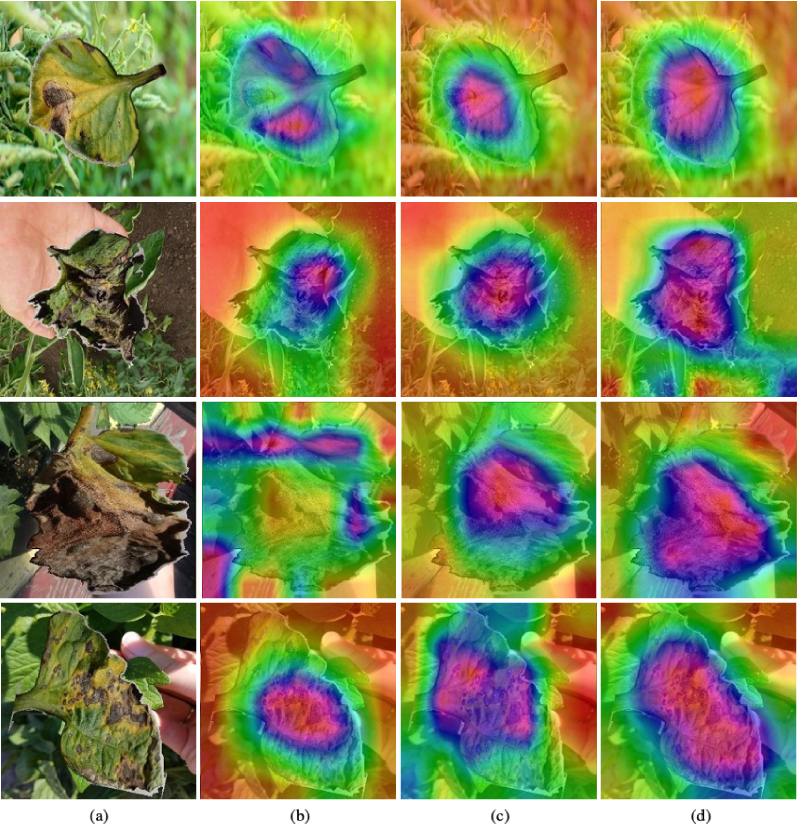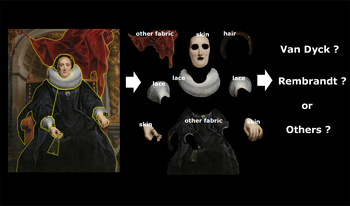
The tomato leaf is a significant organ that reflects the health and growth of tomato plants. Early detection of leaf diseases is crucial to both crop yield and the income of farmers. However, the global distribution of diseases across tomato leaves coupled with fine-grained differences among various diseases poses significant challenges for accurate disease detection. To tackle these obstacles, we propose an accurate tomato leaf disease identification method based on an improved Swin Transformer. The proposed method consists of three parts: the Swin Transformer backbone, a Local Feature Perception (LFP) module, and a Spatial Texture Attention (STA) module. The backbone can model long-range dependencies of leaf diseases for representative features while the LFP module adopts a multi-scale aggregation strategy to enhance the capability of the Swin Transformer in local feature extraction. Moreover, the STA module integrates hierarchical features from different stages of the Swin Transformer to capture fine-grained features for the classification head and boost overall performance. Extensive experiments are conducted on the public LBFtomato dataset, and the results demonstrate the superior performance of our proposed method. Our proposed model achieves the scores of 99.28% in Accuracy, 99.07% in Precision, 99.36% in Recall, and 99.24% in F1-score metrics.

Can artists be recognized from the way they render certain materials, such as fabric, skin, or hair? In this paper, we study this problem with a focus on recognizing works by Rembrandt, Van Dyck, and other Dutch and Flemish artists from the same era. This paper proposes a novel material-based approach based on Swin Transformer and Cascade Mask R-CNN to address artist recognition task. We report the performance on a dataset of 644 images. Additionally, the models robustness to image variations is studied.